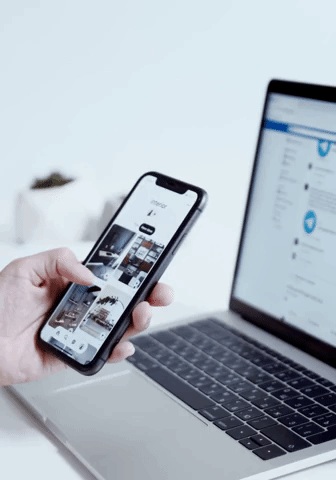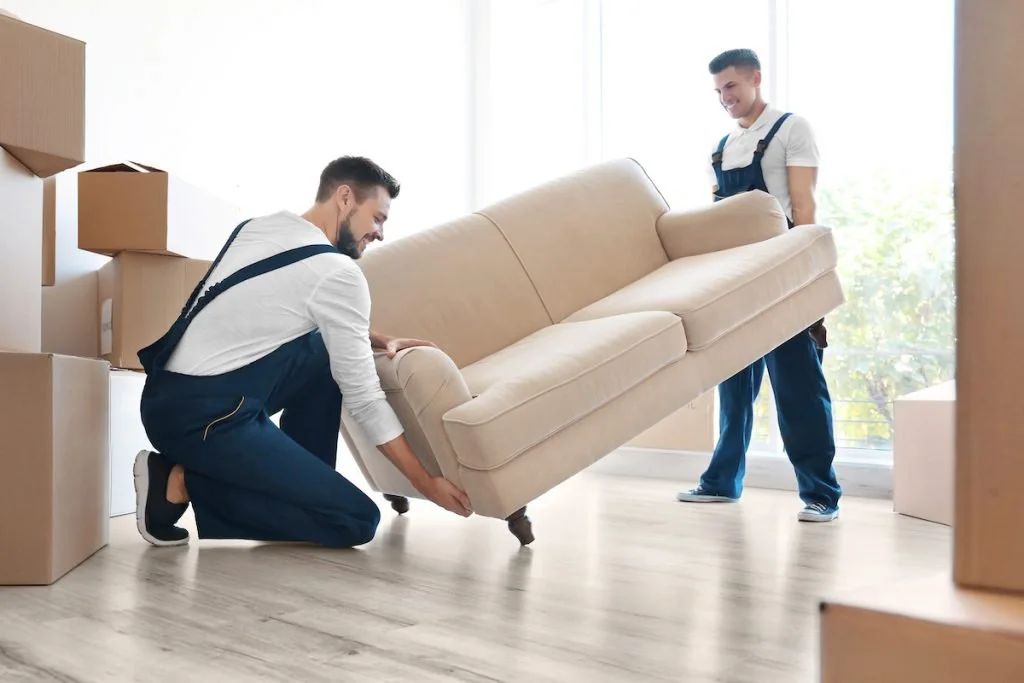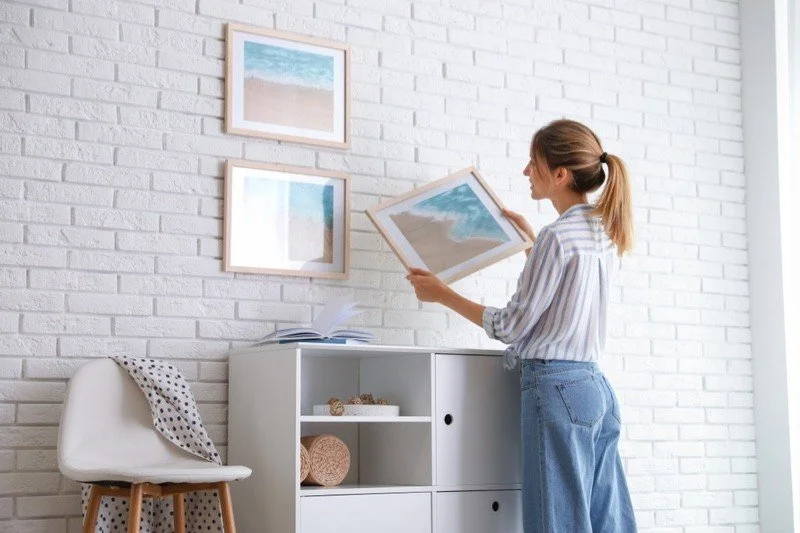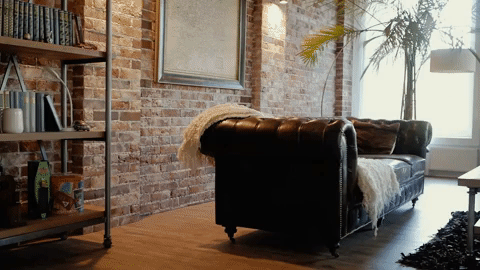UX: How appeasing Kenophobics (fear of empty spaces) benefits Interior Decor Sector!
Role: UX designer, UX Researcher, UI designer
Duration: 5 day Design Sprint
Tools: Figma, Miro, Slack, Google Drive, Zoom
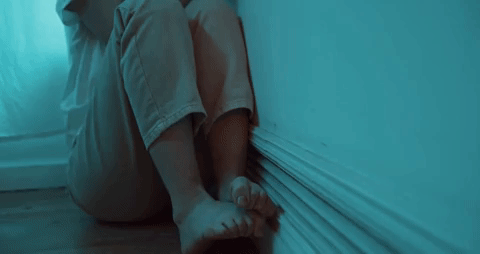
The American Psychiatric Association classifies Kenophobia as a simple (or specific) phobia, the most common type of phobia. The APA estimates up to 9% of the population has a simple phobia.
64% of inbound migration was in South Carolina as of 2020
In the year 2020 South Carolina experienced one of the highest percentages of inbound migration, with 64% coming to the state. While there were various reasons for moving to Palmetto State, 26% of the move happened for work as a motive. One of those inbound migrators was -Ally Grant.
How Kenophobia prevents new tenants from moving in …
Meet Ally: Ally is a recent college graduate who moved to South Carolina and rented her first house. Yet, with an empty house, Ally is unable to enter. She has a deep fear of empty rooms known as Kenophobia.
Ally is scared and stressed about visualizing an empty house with moving boxes all around
Ally does not move in. Instead, she is forced to stay with a friend. Ally feels a little soothed while staying with her friend because her friend’s place is well furnished.
She keeps browsing steal-worthy decor inspiration ideas from all over and saving them to her boards in the Pinterest account.
Ally keeps pinning ideas to her board.
Most existing services only focus on a single item purchase rather than a full kit.
Ally tries different apps, but none of them designed a complete look for her.
When Ally checks various decor services, they provide AR (Agumented Reality) experiences. Yet, this visualization of decor, before buying an item, doesn’t solve Ally’s problem, fear of empty space.
Not all items match.
Can’t buy the complete set.
Augmented Reality often starts with a blank empty room.
____________________________
How might we furnish her space, so Ally feels calm?
Introducing — Buro
An end-to-end experience from an empty house to a decorated home just with few clicks!
How helping decorate her house makes Ally feel effortless.
Integrates with Pinterest API.
AI grabs custom dimensions of the room.
AR imposes a matching bundle set in her house space.
Buro offered a bundle décor for Ally
Although the AR superimposing the bundle in her room makes her feel calm Ally is not out of the woods yet.
Kenophobic people like Ally, need help to furnish their house as well before entering. This is where Buro helps transform Ally’s empty house into a home so she doesn’t have to.
After 7 business days, her furniture arrives.
Not only does Buro provides the complimentary white glove delivery but each delivery person is trained as an Interior Designer.
White-Glove Delivery from Buro
Buro’s delivery personnel are trained Interior Designers
Ally’s decorated home
Happy Ally throws a house warming party for her friends
Lessons learned:
Instantaneous loading on click left Ally confused.
Checkmarks communicate clearly
Instantaneous loading
During user, testing Ally was a bit confused about what was going on when we took her directly from her Pinterest board to loading instantaneously. Here you can see the original Design. Yet after testing, we decided to maneuver to use checkmarks to indicate a selected state.
Checkmarks communicate clearly
Here you can see by adding the selected states the checkmarks and the accompanying call-to-action button we are able to set Ally’s expectation.
Conclusion
9% of people have some phobia. Perhaps designing for a traumatic persona like Ally alters the design considerably compare to rivals. Yet, in doing so being careful to pace the experience helps to increase engagement.

